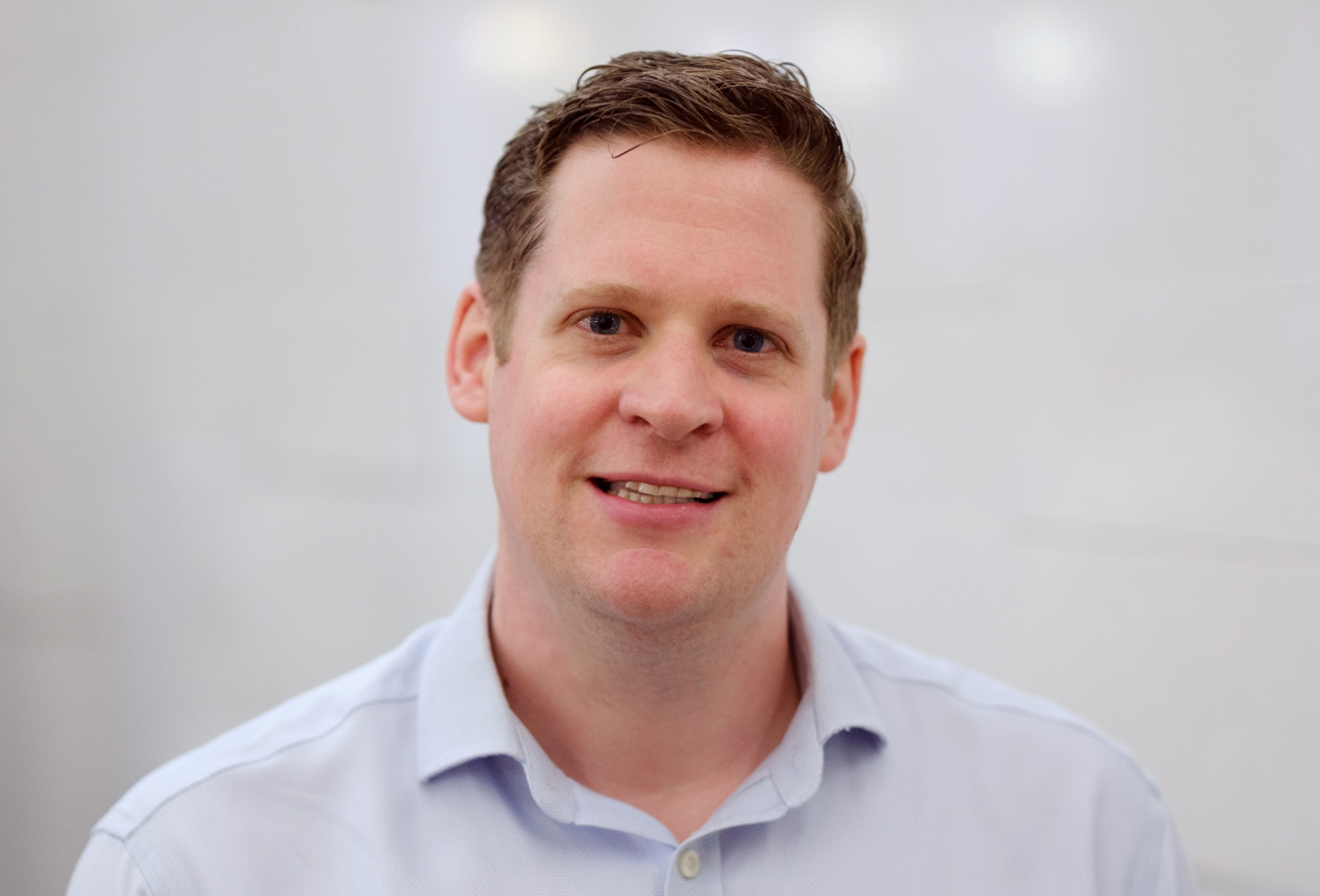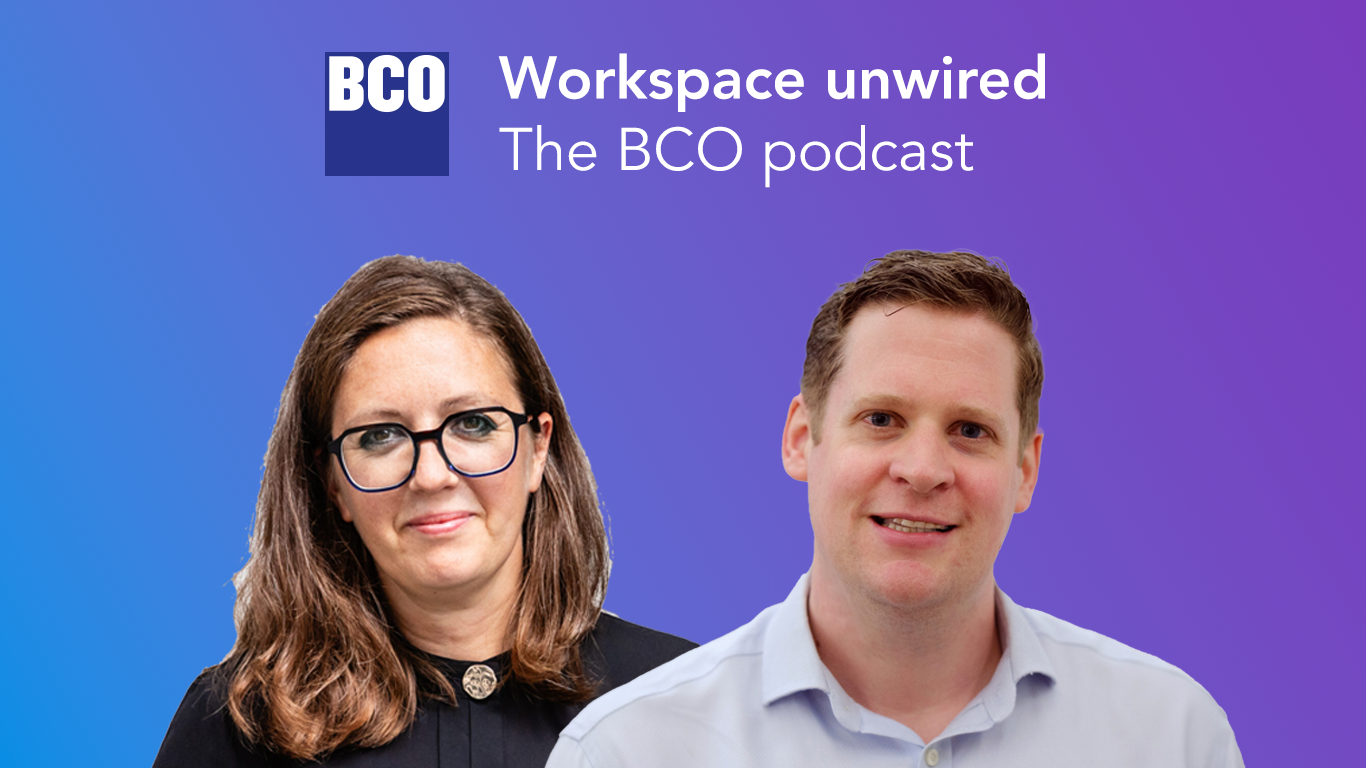Behind the hoardings: Martin Smith on BCO's Workspace Unwired podcast
Project leads
Contacts

Martin Smith
Martin’s project management approach adopts inclusive practices to drive innovation in project teams to rise to the challenge of client briefs to meet ever increasing regulation, ESG targets and sustainability accreditations.
He has a strong track record of delivering large complex projects covering refurbishment and redevelopment of existing structures with retained structures and facades in central London.
Martin has managed disputes through to agreements with many tier 1 contractors and applies due diligence through his building pathology knowledge being a Chartered building surveyor and has represented developers, landlords and tenants.
Martin has often worked for several key clients; GPE, M&G RE, City of London Corporation, Portman Estates, The Crown Estate, B-flexion (Crosstree), Motcomb Estates, Quilter Plc, Global Holdings and CBRE IM. Martin has worked closely with end users to understand their key objectives, working across various sectors including commercial office, residential, retail and life sciences.
Martin previously worked at Buro Four and was responsible for leading the commercial offices sector and successfully delivered Quilter Plc’s new headquarter building at Senator House.


“This is revolutionary stuff… but it’s hidden.”
That’s how TFT Director Martin Smith summed up the state of modern workspace development when he joined Sam Mcclary on the British Council for Offices’ Workspace Unwired podcast. From carbon-saving innovations to inclusive design, there’s a lot going on behind the hoardings, but not enough of it makes it into the public conversation.
So why doesn’t everyone know more about the amazing buildings all around us?
Martin thinks it’s partly down to how technical the industry can be. “We’re not used to saying things like: we saved the carbon equivalent of flying to New York 5,000 times,” he said. But those are stories people can connect with, and might offer a fresh perspective to the more common image of development.
He shared examples of projects where reusing structural piles, adapting concrete mixes to ambient temperatures, and stripping back fit-outs have made a real difference to carbon, but also to cost and usability. All too often, these wins often stay buried in specs and spreadsheets.
Designing for people, not just plans
Can we find new ways to design buildings for their users’ needs?
Martin’s answer: absolutely. But doing so means listening carefully. He described a university project where designers left a grassy square untouched, letting people create their own paths before installing paving. As Sam summed it up: “If you want to understand human patterns, you have to let humans make the pattern.”
The same thinking applies to workspace. “If you don’t know who your occupier will be,” Martin said, “maybe shell and floor is the answer.” Flexibility, adaptability and early engagement are key as occupiers increasingly expect spaces that reflect their brand, values and working style.
The age of reuse shines a spotlight on surveyors
We are in an age of reuse, in which our existing buildings are understood to hold a lot of latent value, as well as carbon, which can be unlocked with some vision and the right team.
Has that shift put surveyors’ eye for building pathology in the spotlight?
As a Chartered surveyor, Martin thinks the knowledge and the skillset has a central role to the industry’s great challenges. “I wrote my dissertation on zero-carbon refurbishment back in 2008,” he said. “Now, finally, the industry is doing it and surveyors are being listened to.”
Whether it’s stone repair, structural reuse or understanding the quirks of listed buildings, the skills of building surveyors are more relevant than ever. “Ten years ago, clients weren’t interested,” Martin said. “Now they’re asking questions and that’s a good shift.”
Supporting the next generation
Technical building knowledge is essential – but there are so many other skills that professionals need to deliver that knowledge, work together and keep pace with the best tools to apply it.
Yet, Martin discusses how young professionals can struggle to access the training they need to succeed. As a BCO mentor for around seven years, Martin has seen those concerns rise to the top of their list: “Every mentee I’ve had has said the same thing: I want training, but I don’t know how to ask for it. Or, I’ve asked and haven’t got it.”
Sometimes the issue is deeper than one training course offered or not. Martin’s simple tool to help people reflect is to draw two pie charts: one for how they spend their time, and another of what they want to achieve.
“Most of the time, they don’t match,” he said. “So we talk about how to shift that. Maybe you shouldn’t be working late… how much time are spending with your friends or building relationships? The only limitation we have is time.”
Could inclusivity be our industry’s superpower?
Sam and Martin spent time talking about the million-and-one roles that construction and real estate can offer to so many people.
“As a gay man in a rural location, it wasn’t pretty… but I got mentoring from Freehold LGBT, and mock interviews to support my APC training (including with TFT who I’d later come back to!) which helped me get my chartership.”
From there, Martin helped Freehold set up its first property industry Pride march, and co-Chaired Building Equality to help its members progress in their careers and undertake research like the Queering Public Space report.
“Developers are starting to understand social value beyond what’s happening outside your site. We all want to live next to good neighbours!”
Bringing in more people with more skills and perspectives will help our industry, and workspaces in particular, to seize the opportunity to take built assets to the next level for a wider benefit. That could be more outdoor space, more permeable ground-floor spaces, more third space areas for hosting communities and bringing people together.
What about the cherubs?
Among the technical insights and mentoring advice, Martin shared one fact you probably didn’t know: almost all cherubs on London buildings are male. On a recent project, the team decided to change that — commissioning a female cherub as a nod to how society has evolved.
“It’s something I’ll tell people forever,” Martin said. “It’s a good thing.”
The next time you walk through London, take a look up and see if you can find it!






